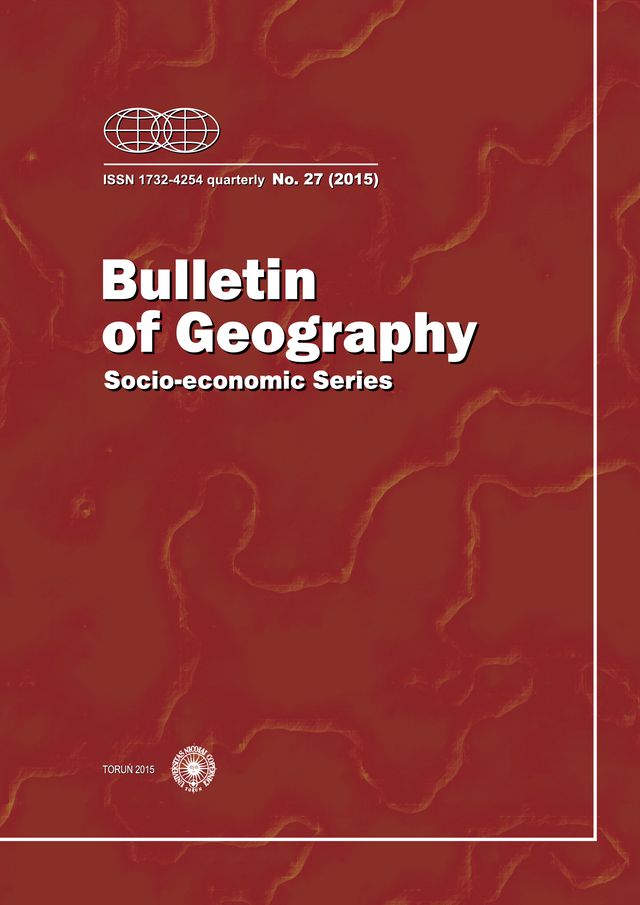Verification of counterurbanisation processes:
example of the České Budějovice region
Verification of counterurbanisation processes:
example of the České Budějovice region
Author(s): Dagmar Popjaková, Martin BlažekSubject(s): Economy, Geography, Regional studies, Regional Geography, Human Resources in Economy, Socio-Economic Research
Published by: Wydawnictwo Naukowe Uniwersytetu Mikołaja Kopernika
Keywords: migration; population change; rural turnaround; deconcentration; counterurbanisation
Summary/Abstract: Counterurbanisation as a deconcentrating process of settlement systems is connected with population migration from cities to their geographically distant hinterland located beyond the external border of suburbs, i.e. beyond the metropolitan zones. Many authors consider it a low-intensity process empirically hard to identify. Still, in the South Bohemian region of České Budějovice (RCB) counterurbanisation was confirmed, although it is not a dominant but rather a highly variable process with some effect on the character of settlements. It seems that after a long period of population and socio-economic decline a new rise started in several municipalities of the RCB rural area. The smallest rural settlements (less than 200 residents) boast now the top population growth rate along with the top net migration rate. In general, the volume of immigration flows to the rural area from the centre and suburbs of České Budějovice is higher in absolute figures than the volume of emigration flows from the rural area. The detailed anonymised database of migrants of the Czech Statistical Office makes it possible to analyse the migration volume and direction by municipalities.
Journal: Bulletin of Geography. Socio-economic Series
- Issue Year: 2015
- Issue No: 27
- Page Range: 153-169
- Page Count: 17
- Language: English

